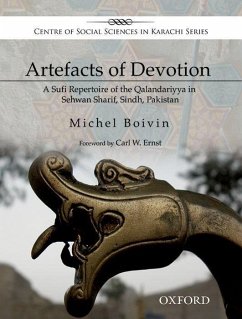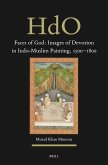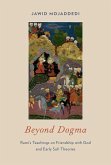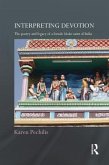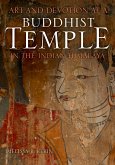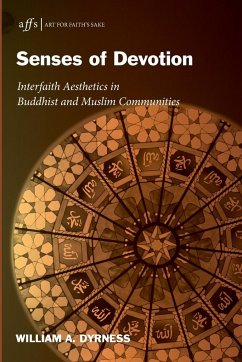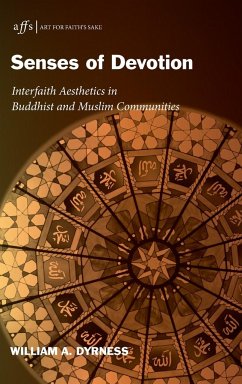The book is an attempt to introduce the "words and things" which are produced by the Sufi brotherhood known as Qalandariyya. It wishes to give evidence that the material cultural goods produced in the scope of such tradition express a meaningful representation of the world in a regional context. For unveiling such a Weltanschauung, it seems relevant first to constitute a repertoire, that is a first classification of the items, with their local identities and definitions, and the place they occupy inside the discourse of the Qalandariyya. While focussing on the Qalandariyya, the book echoes main issues regarding Islam, Sufism, and society in South Asia. It also provides clues to how regional and local discourses are framed and how they could provide answers to political, social and cultural changes occurring in the recent history of South Asian, and of the Muslim world at large. Finally, the book highlights the interaction between the ideology produced by the Qalandariyya, and the local and regional culture. It demonstrates that the flexibility of a local discourse allows local society to be shaped by the Qalandariyya, but how in return it was also able to reformulate it in regional context.
The book is an introduction to the artefacts produced by a Sufi brotherhood, the Qalandariyya. A 13th C. Sufi, Lal Shahbaz Qalandar, is buried in Sehwan Sharif, a city located in central Sindh. From 18th C. architectural monuments to the tawiz printed on a simple sheet of paper, it proposes a large scope of items by which different categories of people show off their devotion and commitment to the Qalandariyya.
The book is an introduction to the artefacts produced by a Sufi brotherhood, the Qalandariyya. A 13th C. Sufi, Lal Shahbaz Qalandar, is buried in Sehwan Sharif, a city located in central Sindh. From 18th C. architectural monuments to the tawiz printed on a simple sheet of paper, it proposes a large scope of items by which different categories of people show off their devotion and commitment to the Qalandariyya.

